
Dorothy McGuire, circa 1945. James Bawden collection.
Stage-trained actress Dorothy McGuire, whose credits include A Tree Grows in Brooklyn (1945), Gentleman’s Agreement (1947), Three Coins in the Fountain (1954), Old Yeller (1957), and A Summer Place (1959), was one of the most interesting leading ladies of the 1940s and 1950s. She was extremely versatile, always bringing style and grace to every performance. But she didn’t build a large cult following of fans despite a solid legacy of truly memorable screen performances. Perhaps that’s due to her general aversion to publicity and a life lived without a breath of scandal or notoriety.
In honor of this talented stage actress, who passed away 15 years ago today at the age of 85, we’re sharing an excerpt from Ron Miller’s interview from the release Conversations with Classic Film Stars.
Setting the Scene
Dorothy McGuire’s disdain for publicity always brings a smile to my face because I remember how severely I was warned about that subject when she agreed to do an interview with me in 1983 in connection with the ABC TV movie Ghost Dancing. The publicist insisted, “Don’t ask her about anything except the new movie. She hates talking about the past. If you try asking her about the ‘good old days,’ she may get up and walk out on you!”
Well, I certainly didn’t want that to happen, yet…how could I ignore those “good old days” that included so many movie classics? So, here’s what I resolved to do: Concentrate hard on getting the bare essentials about Ghost Dancing, then damn the torpedoes and go full speed ahead into all the really good stuff. If she bolted on me, then I’d still have enough for a story on the current project, even if she dumped her soup over my head when I asked about her earlier work.
It turned out to be a pretty decent plan. McGuire issued no new rules when she arrived for our luncheon date at the Beverly Wilshire Hotel in Beverly Hills, so I hot-footed it through the Ghost Dancing questions, then waltzed her right down memory lane without giving her a chance to catch her breath.
If she knew she’d been scammed, she didn’t let on. McGuire turned out to be a relaxed and friendly lunch companion, still a handsome woman with genuine class. My guess is she did like to talk about the earlier stuff–as long as the questions were fair ones. She also seemed to appreciate the fact that I actually knew what she’d accomplished before meeting her.
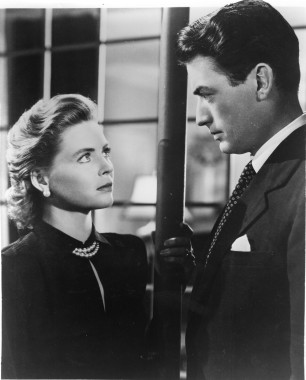
Dorothy McGuire with Gregory Peck in Elia Kazan’s Gentleman’s Agreement, the Oscar-winning Best Picture of 1947. Courtesy of 20th Century-Fox.
The Interview
MILLER: From what I’ve read about the beginnings of your acting career, I’d say there was a blessing on you from the start.
McGUIRE: Maybe so. I had such extraordinary breaks–from the moment I entered the theater. I made my stage debut at age 13 at the Omaha Community Playhouse in James Barrie’s A Kiss of Cinderella. My leading man was the young Henry Fonda!
MILLER: I’m guessing the breaks continued when you finally headed for New York and the Broadway stage.
McGUIRE: I arrived on Broadway in 1938 and began as the understudy to Martha Scott for the role of Emily in the original production of Thornton Wilder’s Our Town. When Martha was signed to star in the movie version, I took over for her.
MILLER: Getting to play the leading female role in a play destined to become an American drama classic was certainly a big career plus for a young actress. So, that made you a pretty hot property in theater?
McGUIRE: It certainly led to my getting the title role in Claudia, the play based on Rose Franken’s novel and stories about a young woman who marries and starts learning about adult life in the 1940s. That was in 1941. The producers had rejected 208 other actresses before picking me.
MILLER: I guess their faith in you was justified when you won the New York Drama Critics Circle award for your performance.
McGUIRE: I think it also justified Leland Hayward’s faith in me. (Hayward, her agent, was the most influential Broadway agent at the time.)
MILLER: With Leland Hayward going to bat for you, you were in good shape for theater work–and you had a pretty good spokesman for your movie career, too, didn’t you?
McGUIRE: If you mean David O. Selznick, you’re right. He signed me to a movie contract after Claudia became a Broadway hit and he was then the most successful producer in Hollywood after Gone With the Wind and Rebecca had won back to back Best Picture Oscars.
MILLER: What did he have in mind for your movie debut?
McGUIRE: He really didn’t have anything for me and, as it turned out, I never made a movie with him! But he decided to make some money off me by loaning me out to other studios, who did have things they wanted me to do. I think he needed to pay off some of the enormous sums he spent on Gone With the Wind and that was one way to do it.

Dorothy McGuire in her most famous “mom” role, with Tommy Kirk i Disney’s 1957 Old Yeller. Courtesy of the Walt Disney Corp. and NBC.
MILLER: Did you resent that?
McGUIRE: No. That turned out to be perfectly OK. David watched over what scripts were sent to me and things like that. He was a man of great integrity.
MILLER: Where did he send you first?
McGUIRE: Fox and RKO. They both were making good pictures in those days. Twentieth Century-Fox had the movie rights to Claudia, so they had me reprise my stage role, playing opposite Robert Young as my husband, David.
MILLER: Claudia (1943) turned out to be a big hit for Fox, especially among women who identified with the young wife as she learns how to grow up at the same time she’s learning how to be a wife. It was such a hit that they immediately decided to continue the story in a sequel, Claudia and David. That was a phenomenal start for a young actress with no film experience.
McGUIRE: I took it all for granted, I’m sorry to say. I thought it was just the way it is.
MILLER: While the sequel was being written, Fox put you into another prestige picture, the film version of Betty Smith’s best-seller A Tree Grows in Brooklyn. Your reaction?
McGUIURE: I was terrified. I didn‘t think I‘d be convincing in the challenging role of teenage star Peggy Ann Garner’s pregnant mother.
At that exact moment in my life, I’d never had a child. I wasn’t quite sure about the whole mechanism, about what really happened to you. Being a very serious-type actress, I was very upset by this.
MILLER: Your director was Elia Kazan, who was making his debut as a movie director after years on the stage as an actor and director. Did you get much help from him?
McGUIRE: I went to him and told him I had no such experiences in life and didn’t know where to get the emotions I’d need. He was very patient with me and let me ramble on about my misgivings and anxieties. What he did, in a sense, was lock up all this intensity inside me so it wouldn’t be dissipated. He was marvelous. There are intangible things about actors like that which he just instinctively knew.
MILLER: The film was a big success and put both you and Kazan on the map as the hot new prospects in Hollywood. James Dunn, who played your alcoholic husband, won the supporting actor Oscar and Peggy Ann Garner won a special Oscar as best child actress of 1945. That’s when RKO stepped up with another wonderful role for you.
McGUIRE: They gave me the part of the mute servant girl who’s menaced by a serial killer in The Spiral Staircase.
MILLER: That was a real acting challenge because you had to play virtually the entire film in pantomime. How did that go?
McGUIRE: Robert Siodmak was a brilliant director and he lifted the film out of the ordinary. You know those creepy close-ups where we just see the eye of the strangler, watching me? That was Robert’s eye! He was that vain!
 Afterword
Afterword
Our interview finally ended when the waiter brought our lunches. “Turn off your recorder,” she told me. “Now we’re going to eat.”
Which is what we did, all right, just chatting about nothing in particular from then on. With the recorder off, Dorothy McGuire was just a handsome middle-aged lady having lunch with a friend in Beverly Hills. And, unless I put one of her films on the TV for a reminder of how good she was on screen, that’s the way I’ll always remember her, too.
McGuire was married for 35 years to Life magazine photographer John Swope and had two children with him. Her last film role was in a 1990 TV movie (The Last Best Year) and she spent the last decade of her life in retirement. She died of cardiac arrest in 2001, just a few days after the Sept. 11 terrorist attack on the World Trade Center, so there was little news space devoted to her death. She was eighty-five.
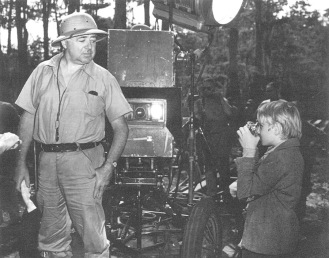
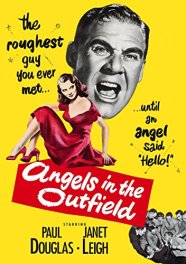
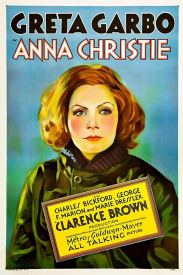
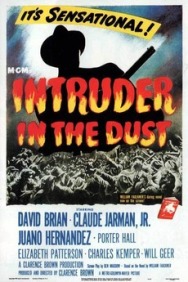
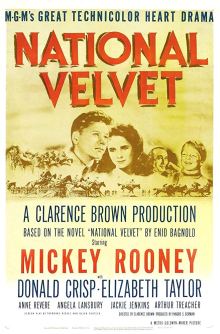
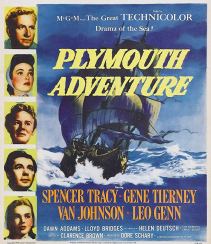
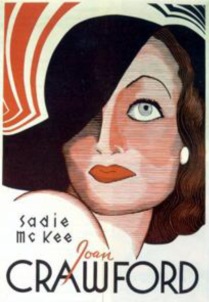






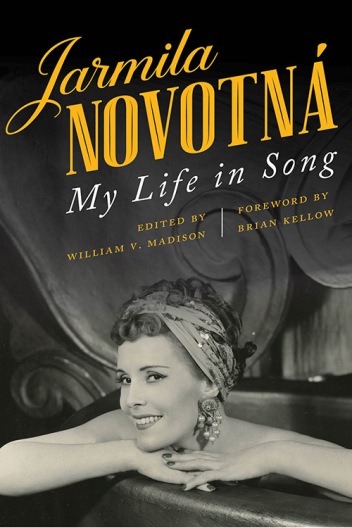


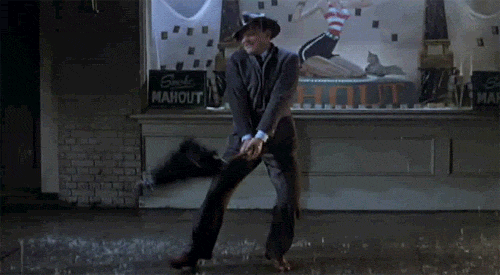




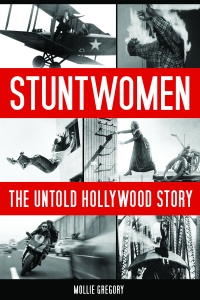
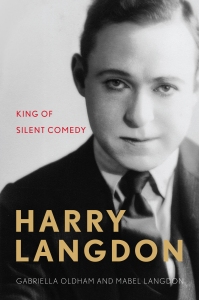



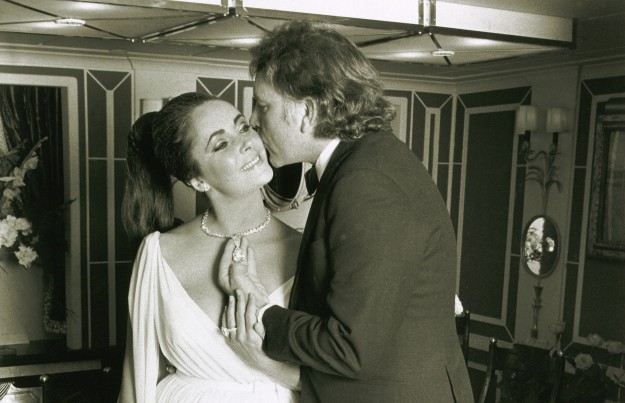
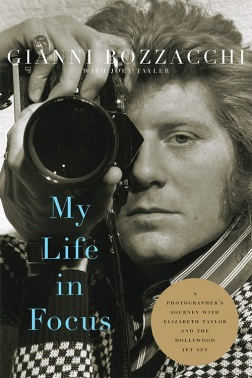
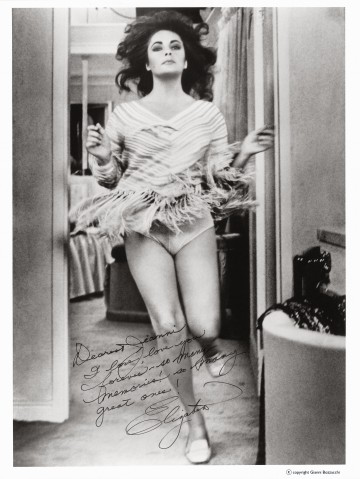

 Renowned for his support of liberal causes, Douglas is often credited with helping break down the dreaded Hollywood anti-Communist “blacklist” by hiring blacklisted writer
Renowned for his support of liberal causes, Douglas is often credited with helping break down the dreaded Hollywood anti-Communist “blacklist” by hiring blacklisted writer  Douglas: It was way ahead of its time. When I took it to Broadway, the critics didn’t know what to make of it. The audience loved it, but it didn’t do very well. I tried for nearly twelve years to make it as a movie. I took it to every studio. But they wouldn’t do it, even with a limited budget. Finally, I went into partnership with my son, Michael, and we were able to find somebody outside of the industry to put up the money and we made a little picture that I never predicted would be a hit. So it did over $200 million! Nobody knows what will really be successful.
Douglas: It was way ahead of its time. When I took it to Broadway, the critics didn’t know what to make of it. The audience loved it, but it didn’t do very well. I tried for nearly twelve years to make it as a movie. I took it to every studio. But they wouldn’t do it, even with a limited budget. Finally, I went into partnership with my son, Michael, and we were able to find somebody outside of the industry to put up the money and we made a little picture that I never predicted would be a hit. So it did over $200 million! Nobody knows what will really be successful.


 Afterword
Afterword